In the upper reaches of the river named Vuc Liem River (Ba Lien River), water is taken from many streams in the northwest of Binh Dinh province, southwest of Quang Ngai province, with an average altitude of 400 m above sea level. In Quang Ngai province, Vuc Liem River adds water from streams in the vast mountainous forest areas of Ba Lien and Ba Trang communes (Ba To district), widens the stream and then divides into two branches: the left bank branch flows into Nui Ngang lake, loops around the north side of Pho Phong commune (Duc Pho town); the right bank branch flows through Ba Kham commune (Ba To) to Pho Nhon (Duc Pho), then both join together in Pho Thuan area, flows downstream through Pho Ninh, Pho Van, Pho Minh, then joins Thoa river and flows into My A estuary.
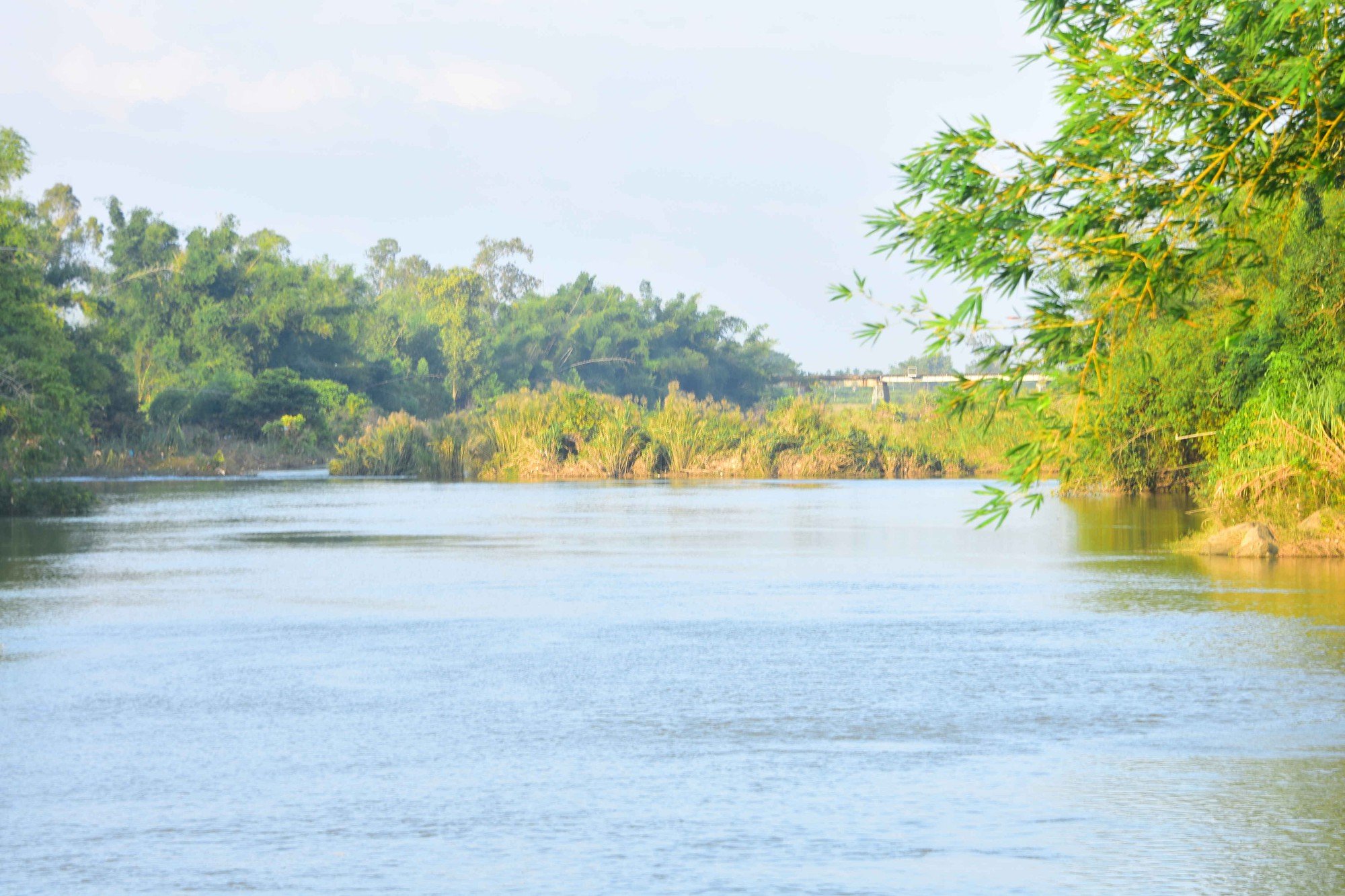
Tra Cau River, the section flowing through An Ninh valley
The Tra Cau River, when flowing through the communes of Pho Phong, Pho Thuan, Pho Van, Pho Ninh, Pho Minh, has a narrow riverbed and fast flowing water, so it is often flooded in the rainy season, but because of that, the land is fertile because of alluvial deposits and becomes the main food supply area of Duc Pho town. The area south of Tra Cau River to Dau Mountain, from Dau Mountain to Binh De Pass, the plain is narrow and divided in many places. Here, an eastern branch of the Truong Son range juts out to the sea, cutting off the Tra Cau River delta and becoming the natural boundary of the two provinces of Quang Ngai and Binh Dinh.
Homeland of outstanding people
Although it is a small river, the Tra Cau river basin is the hometown of famous people whose names are known throughout the country: Hoang Cong Thieu, Nguyen Nghiem, Nguyen Vy...
Along the Tra Cau River, from its source to the sea, are famous places. The natural beauty is the Bui Hui grassland, a plateau which is also the name of a Hre playa, in Ba Trang commune, about 10 km southeast of Ba To district (Quang Ngai), located in the mountainous forest area bordering Duc Pho, Ba To (Quang Ngai), An Lao (Binh Dinh) districts. Bui Hui has rugged, winding, undulating mountain roads; deep valleys, mountain smoke sinking at the foot of the hills, slowly rising up the mossy green rocky slopes; babbling streams threading through the dim shadows of leaves.
Towards the east, rising in the middle of the open plain is Xuong Rong Mountain. Nguyen Trai's book Du Dia Chi says that Xuong Rong Mountain (Long Cot Son) is also called Tien Nu Mountain, on the mountain there are 12 towers, called Tien Nu Towers. Are those the towers of the Cham people and have suffered the same fate of desolation as the once glorious and civilized kingdom? Legend has it that in the past, on Xuong Rong Mountain, the forest was dense and many wild animals lived. At the end of July 1929, revolutionary Truong Quang Trong gathered active comrades in the Provincial Committee of the Vietnam Revolutionary Youth, established the "Reserve Communist" organization, which carried out the task of the Campaign Committee to establish the Quang Ngai Provincial Communist Party.
Not far from the foot of Xuong Rong Mountain is Lien Tri Lotus Pond (Lien Tri Duc Nguyet) in Pho Thuan Commune, Duc Pho District, once praised as one of the 12 beautiful landscapes of Quang Ngai Province. Lien Tri Pond in front, Xuong Rong Mountain behind. The fragrant lotus scent, the majestic mountain shape, clearly a sacred land. This countryside has given birth to many scholars with great integrity, typically Mr. Nguyen Dang Ngoan (bachelor 1870), Nguyen Man (bachelor 1897), Nguyen Phan (bachelor 1900), Le Chi (bachelor 1900)...
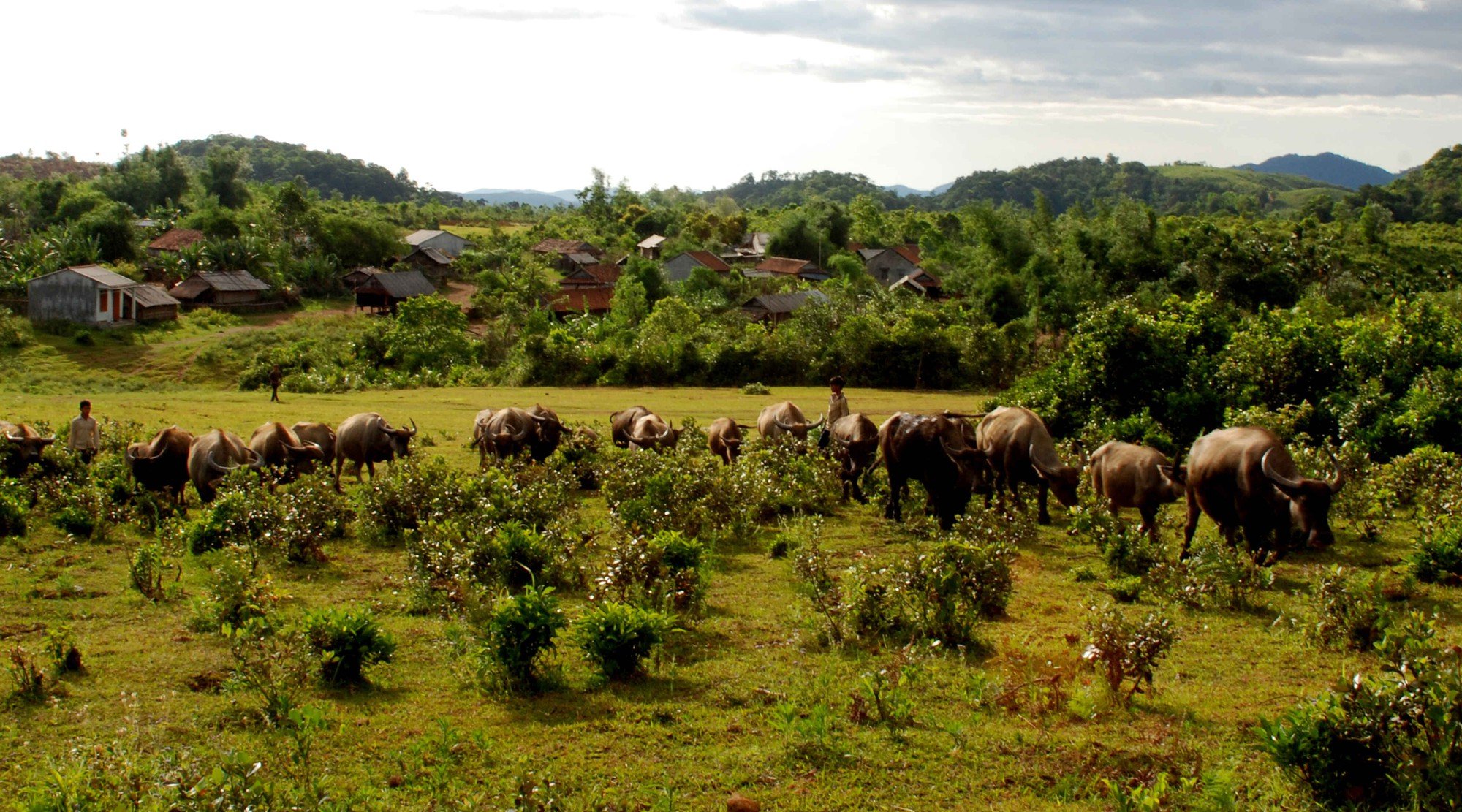
Bui Hui grassland (Ba Trang commune, Ba To district)
Bachelor Nguyen Man became an official, holding the position of District Chief (so he was often called Huyen Mai, Huyen Sam), then resigned, returned to his hometown for a while, participated in the tax-delay movement in 1908 and was exiled to Con Dao by the French colonialists.
To the southeast, not far from Xuong Rong Mountain is the Tay Son That Dai Cong Than Temple Relic (7 great meritorious mandarins of the Tay Son Dynasty): Nguyen Van Chuong; Nguyen Van Huan, Nguyen Van Danh, Tran Quang Dieu, Bui Thi Xuan, Vo Van Dung and Tran Quang Luc. This relic is located in Duc Lan Commune (Mo Duc District) and is associated with many mysterious anecdotes about outstanding people who were the pillars of a dynasty that, although short-lived, left a deep mark in history.
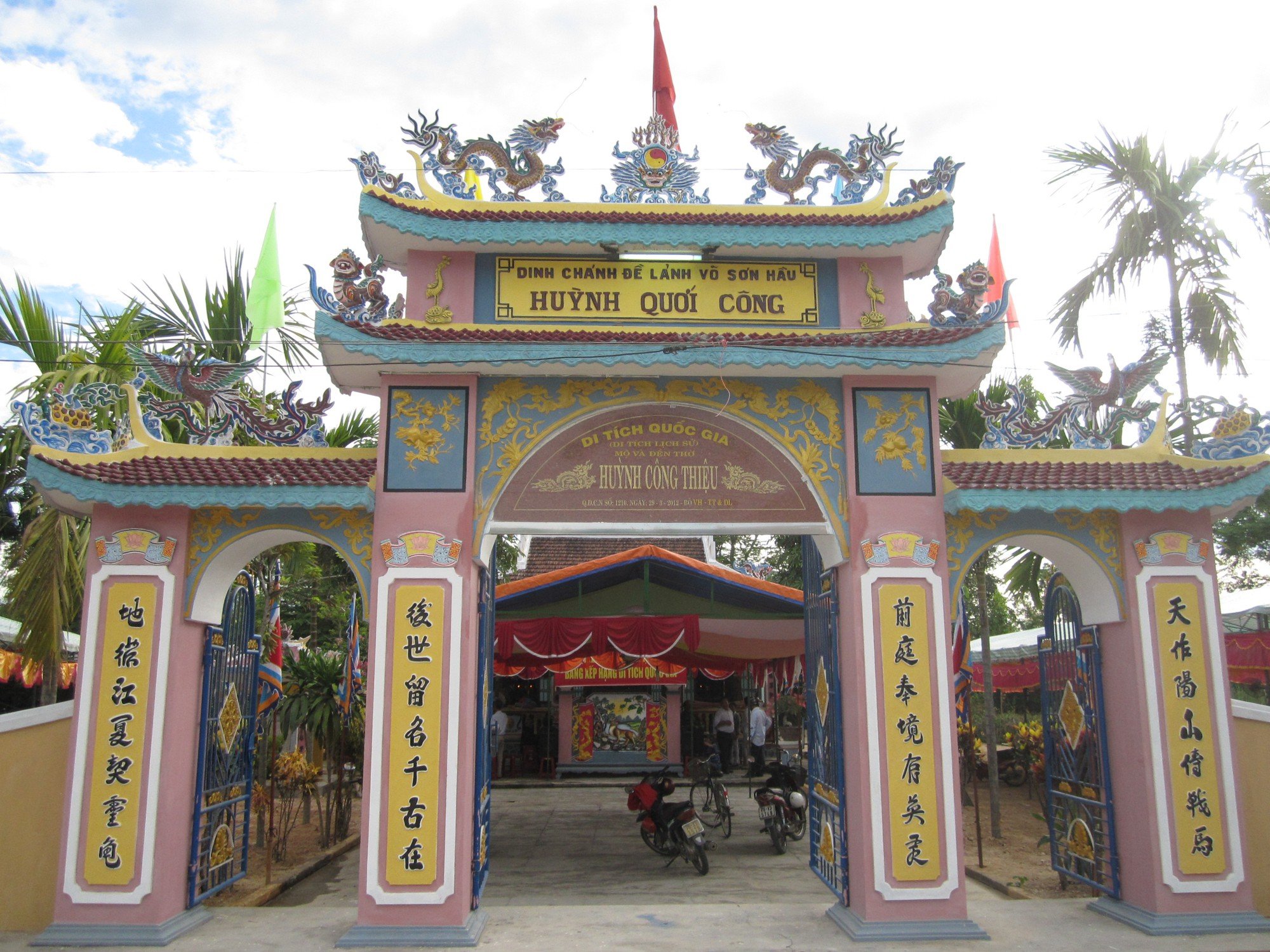
Temple of Hoang Cong Thieu
Recently, the tourism industry often mentions tourism products that combine exploring, enjoying nature, visiting historical and cultural relics and enjoying cuisine . Both the upstream and downstream of Tra Cau River have factors that meet those requirements. If staying upstream, besides the beautiful natural landscape and meaningful relics as mentioned above, tourists can also enjoy unique culinary dishes such as ca ro wine (can wine of the Hre people), grilled fish with wild chili, Vuc Liem eel stewed with green banana... Coming to the upstream of Tra Cau River, tourists can also admire the unique patterns on traditional brocade pieces, join in the joy of the local people with the tuc chinh (beating gongs), singing ca leu and ca choi melodies all night long during the festival season. (continued)
Source: https://thanhnien.vn/ke-chuyen-dong-song-xu-quang-tra-cau-dong-nuoc-nho-mien-dia-linh-nhan-kiet-185241120225547383.htm


![[Photo] Prime Minister Pham Minh Chinh chairs conference on breakthrough solutions for social housing development](https://vphoto.vietnam.vn/thumb/1200x675/vietnam/resource/IMAGE/2025/10/24/1761294193033_dsc-0146-7834-jpg.webp)
![[Photo] President Luong Cuong chaired the welcoming ceremony and held talks with United Nations Secretary-General Antonio Guterres](https://vphoto.vietnam.vn/thumb/1200x675/vietnam/resource/IMAGE/2025/10/24/1761304699186_ndo_br_1-jpg.webp)
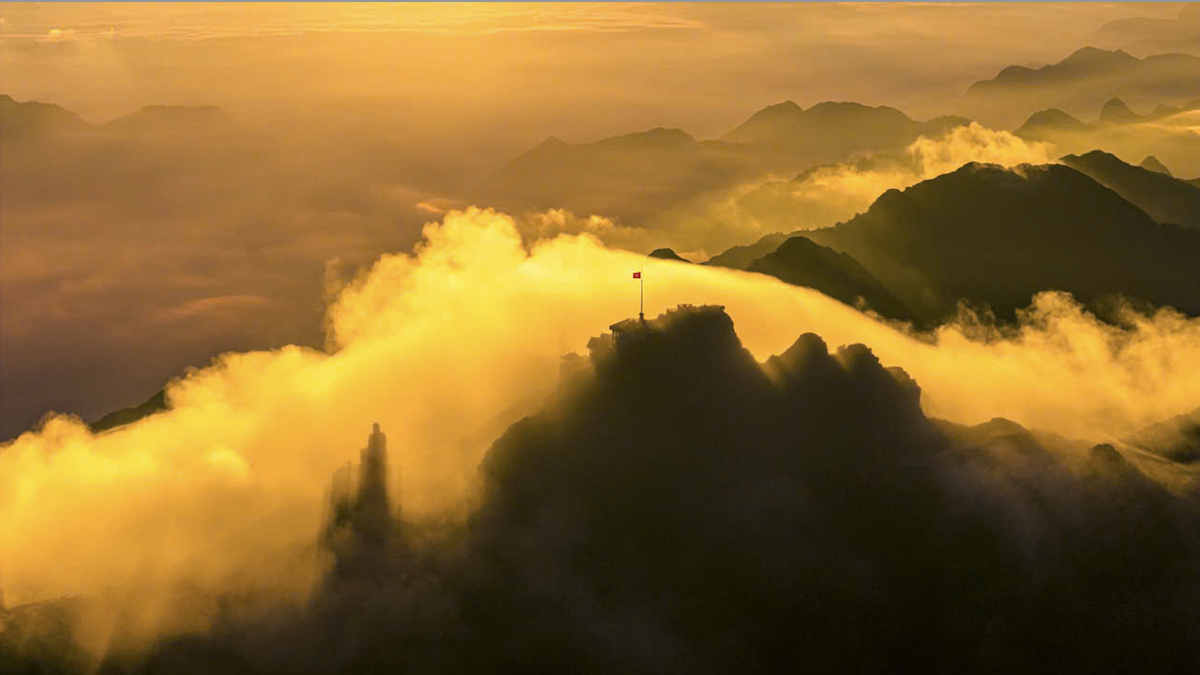
![[Photo] Prime Minister Pham Minh Chinh and South African President Matamela Cyril Ramaphosa attend the business forum](https://vphoto.vietnam.vn/thumb/1200x675/vietnam/resource/IMAGE/2025/10/24/1761302295638_dsc-0409-jpg.webp)
![[Photo] Solemn funeral of former Vice Chairman of the Council of Ministers Tran Phuong](https://vphoto.vietnam.vn/thumb/1200x675/vietnam/resource/IMAGE/2025/10/24/1761295093441_tang-le-tran-phuong-1998-4576-jpg.webp)
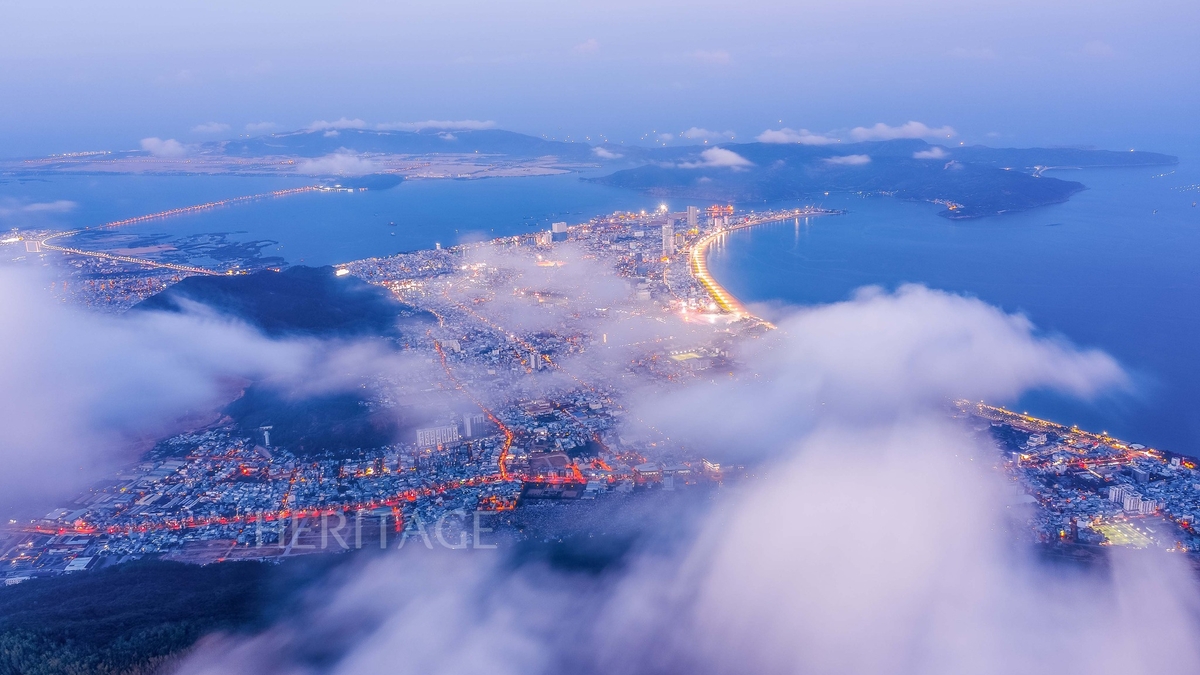


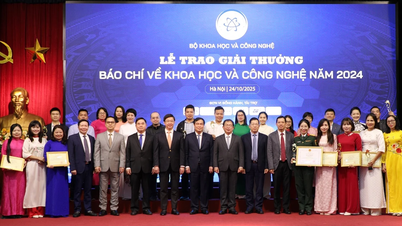
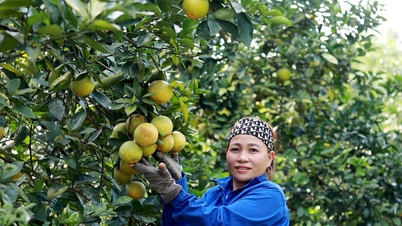

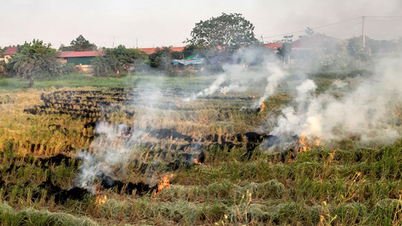

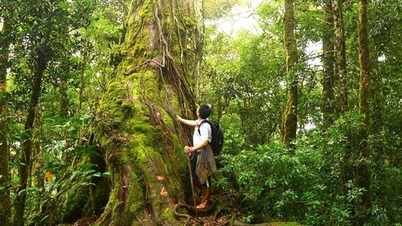

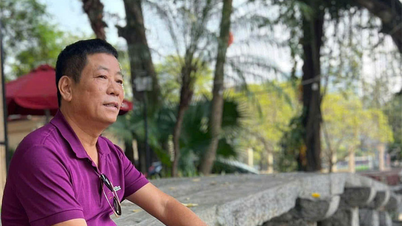







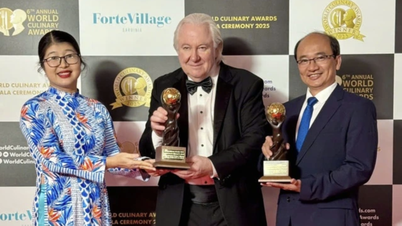

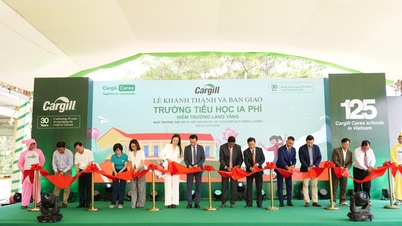





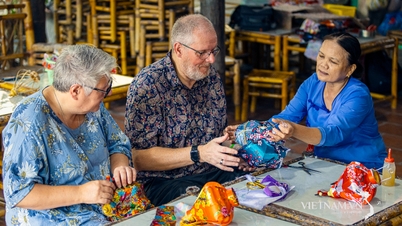

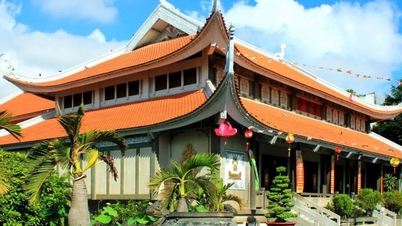

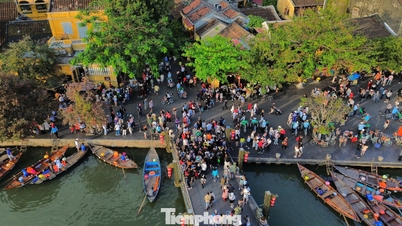

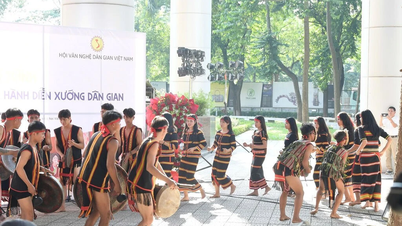




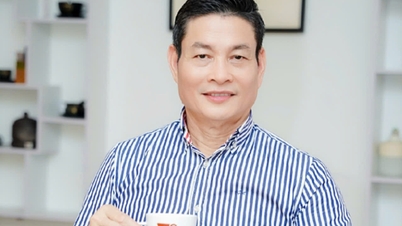



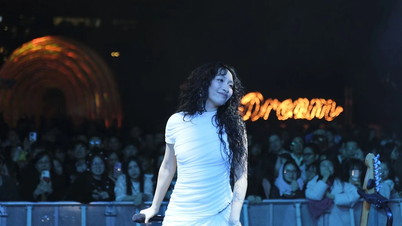














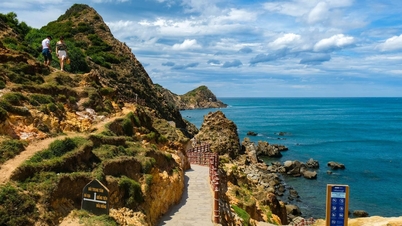
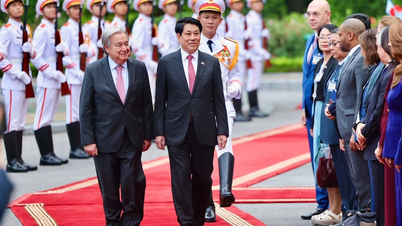


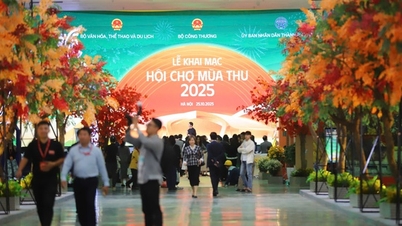
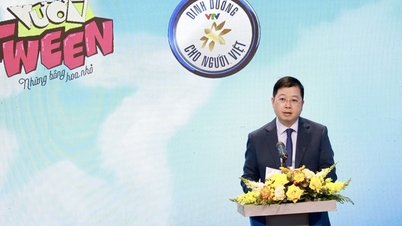
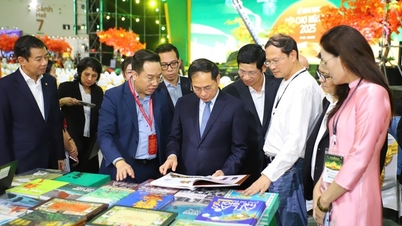
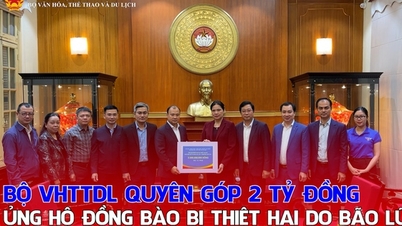
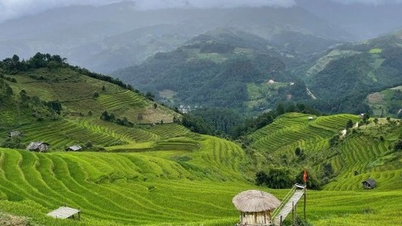

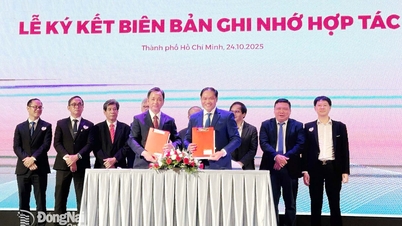



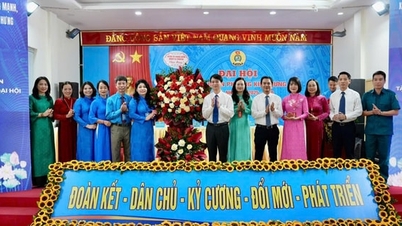




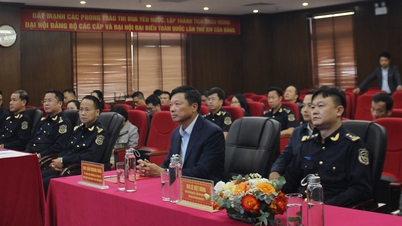















Comment (0)